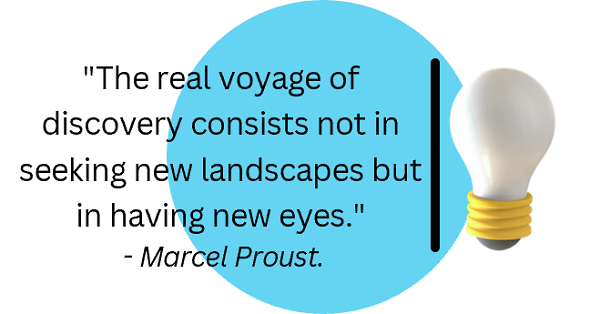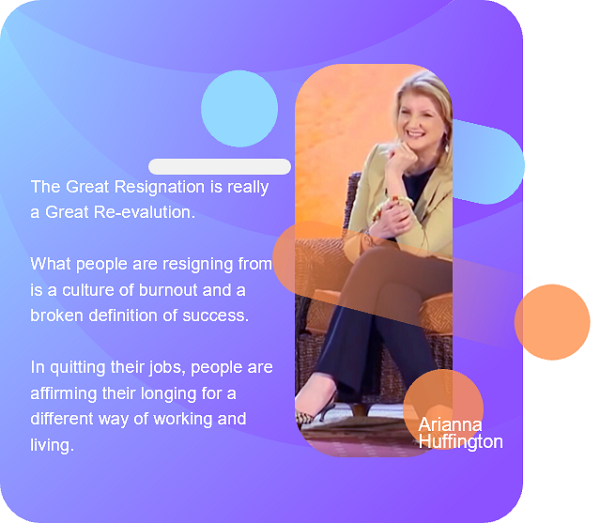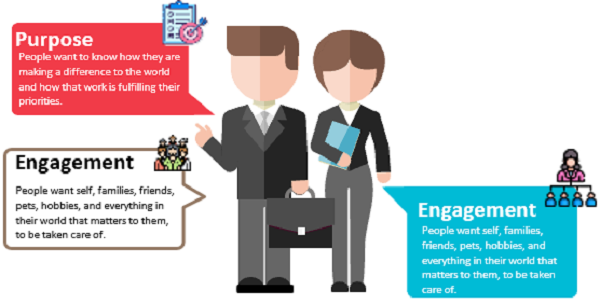Corporate
#BackToBasics: Building HR strategies for the hybrid world
It’s that season again, of annual meets between the leadership and teams. And for the first time, the challenges and requirements have turned industry/company-agnostic, especially for HR leaders.
Evidently, all eyes are on HR to build future-proof strategies, which can withstand the unpredictability of pandemic and business cycles and VUCA (Volatility, Uncertainty, Complexity, and Ambiguity) conditions of the market to help businesses emerge victorious amidst tough business climates.
New World Challenges
It’s no secret that the top 3 challenges faced by the HR leadership are the 3Ws (Work, Worker, Workplace) of the hybrid world, the Great Resignation, and minimizing the overwhelming transactional work to humanize the role of HR.
Interestingly, our strategy meets are still throwing up some fundamental questions, which we were facing even before the pandemic.
From tapping into a diverse talent pool to finding the right talent and giving a seamless employee experience, along with providing employees with exciting career opportunities and continuous growth. From engaging resources to ensuring that they take pride in their brand. From inculcating the best in their employees to prompting them to deliver market-relevant solutions. HR is tasked with the necessity of establishing more diverse and disparate teams that build social capital for better collaborations and innovations. In a world fraught with divisions, the need to foster diversity, equity, and inclusion has never been greater.
If the asks are the same, then what’s the variable?
It’s the hybrid world, which has added new dimensions to the 3Ws (Work, Workers & Workplace) and has led to new preferences like purpose, priorities, commitments, social capital, disparate teams and managing stress. This phenomenon is giving rise to complexities such as the Great Resignation, talent crunch, cost pressures, low motivation, productivity, and so on.
These pandemic-induced trends are so overwhelmingly overpowering that the HR teams are finding it difficult to contain its aftermath. So, what should they do differently?
Time to go #BacktoBasics
The answer lies in the strategy #BacktoBasics (BTB). The strategy urges today’s HR teams to go back to the storyboard stage and re-map an employee’s journey through the entire employee lifecycle, including gig, to understand what an employee wants in the hybrid world.

The BTB strategy aims to create a new employee value proposition by applying the PEP framework (Purpose, Engagement, and Power). The key to making an employee feel fulfilled is understanding their purpose, deciphering what engages them, and granting them the power of choice.

Designing employee offerings around the PEP framework and the people will enhance the employee value proposition for the workforce. That’s the driving force to make them join and make them stick.
#LevelUPExperience: The game is ON
Experience is an intangible component, which is augmented by adding up a range of tangibles. To continue enjoying great ‘people’ relations, HR needs to give their employees a “wow! Experience” at every relevant touchpoint.
Employees need to enjoy their day-to-day work or interactions with teams/managers/leaders; be able to take up meaningful learnings (snackable knowledge to full-scale training); get the flexibility of a hybrid world (office/home/anywhere flexibility); handle mundane to compliance processes effortlessly; to celebrate events and milestones or pursue hobbies; to get instant kudos and formal reward and recognition – all these moments are crucial to employees. By making each moment and every experience count, HR can amplify the Employee experience with design, which is the X-factor to combat adverse attrition trends.

In today’s highly social times, an engaged employee not only curbs attrition but also acts as a social influencer with the power to engage others too.
#DoMoreHuman in HR
Once upon a time, we had “human” in HR - and then “transactions” took it over. While technology comes with its own superpowers, providing a human touch is not one of them. Let technology do transactions, you do you – #BeHuman, that’s what people want from HR. The pandemic has clearly established that technology can move the world, even amidst worldwide lockdowns. And yet, it could never replace the need for human connection.
Today, HR must do more tech to do more human. They need to augment human capabilities with technology solutions to achieve more ‘human time’ with employees. Thankfully, today the HR-tech ecosystem has flooded the market with technology solutions that can translate cumbersome processes into seamless experiences in a jiffy while eliminating “transactional” from HR. Sentient HR has made talent “app-happy” by digitizing every possible HR interaction. Recruitment, onboarding, learning, performance, appraisals, employee communication, employee surveys, timesheets, leave management, payroll, taxation – employees have the power to do things on the go, anytime, from anywhere, with super ease. When it comes to HR, investing in technology is investing in human capabilities.
The role of HR as a trusted business advisor, to help business leaders navigate talent decisions in difficult times is coming under the limelight. Business leaders have been under stress due to environmental and talent reasons and its HR’s role is to help business leaders deal with people humanely and fairly. It’s not about big transformations or mega-size shake-ups but maybe just about going #BacktoBasics and starting to do what HR was envisioned to do at a very fundamental level. Put your ‘people’ first and watch the pieces fall into their right place.
This article was first published on Fortune India






